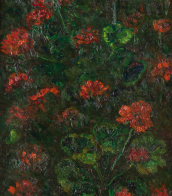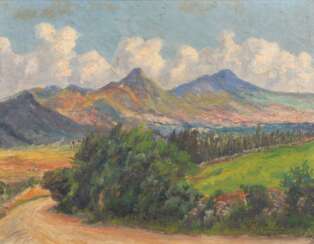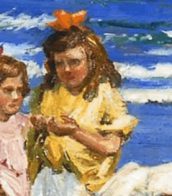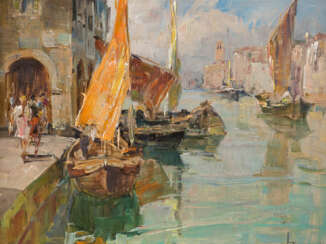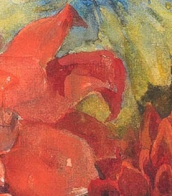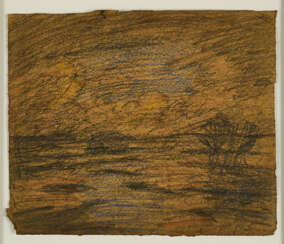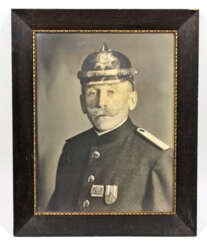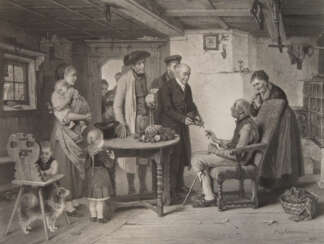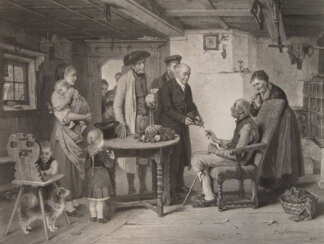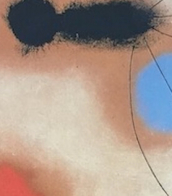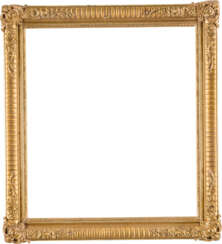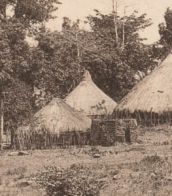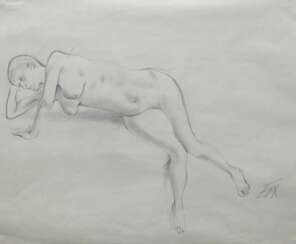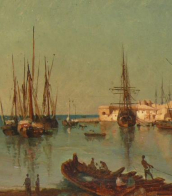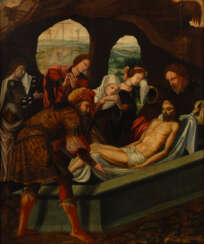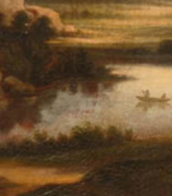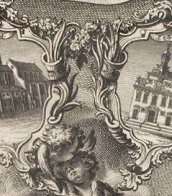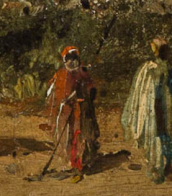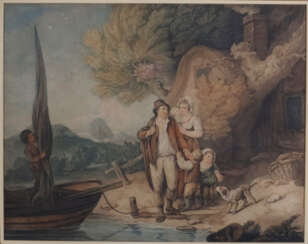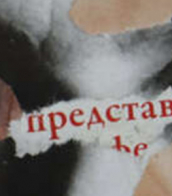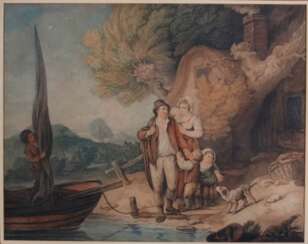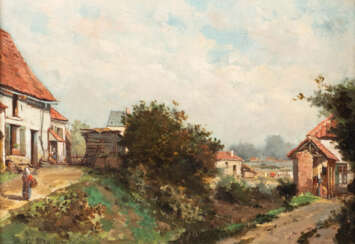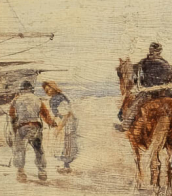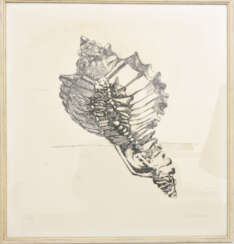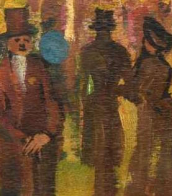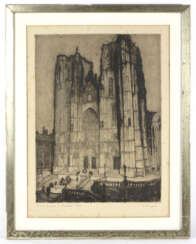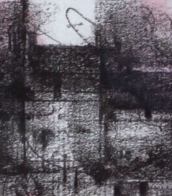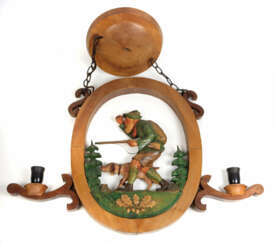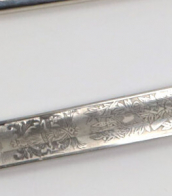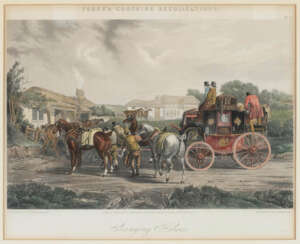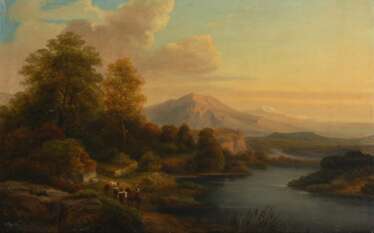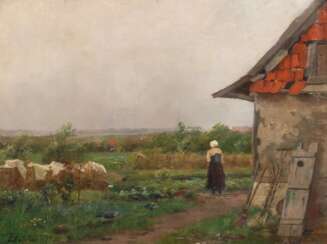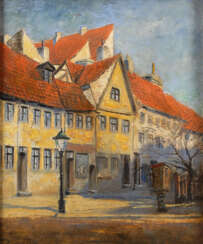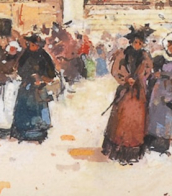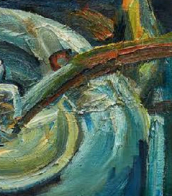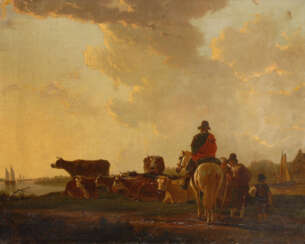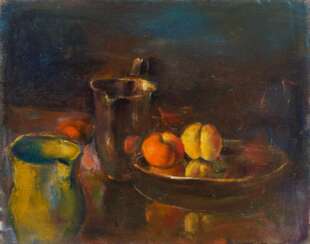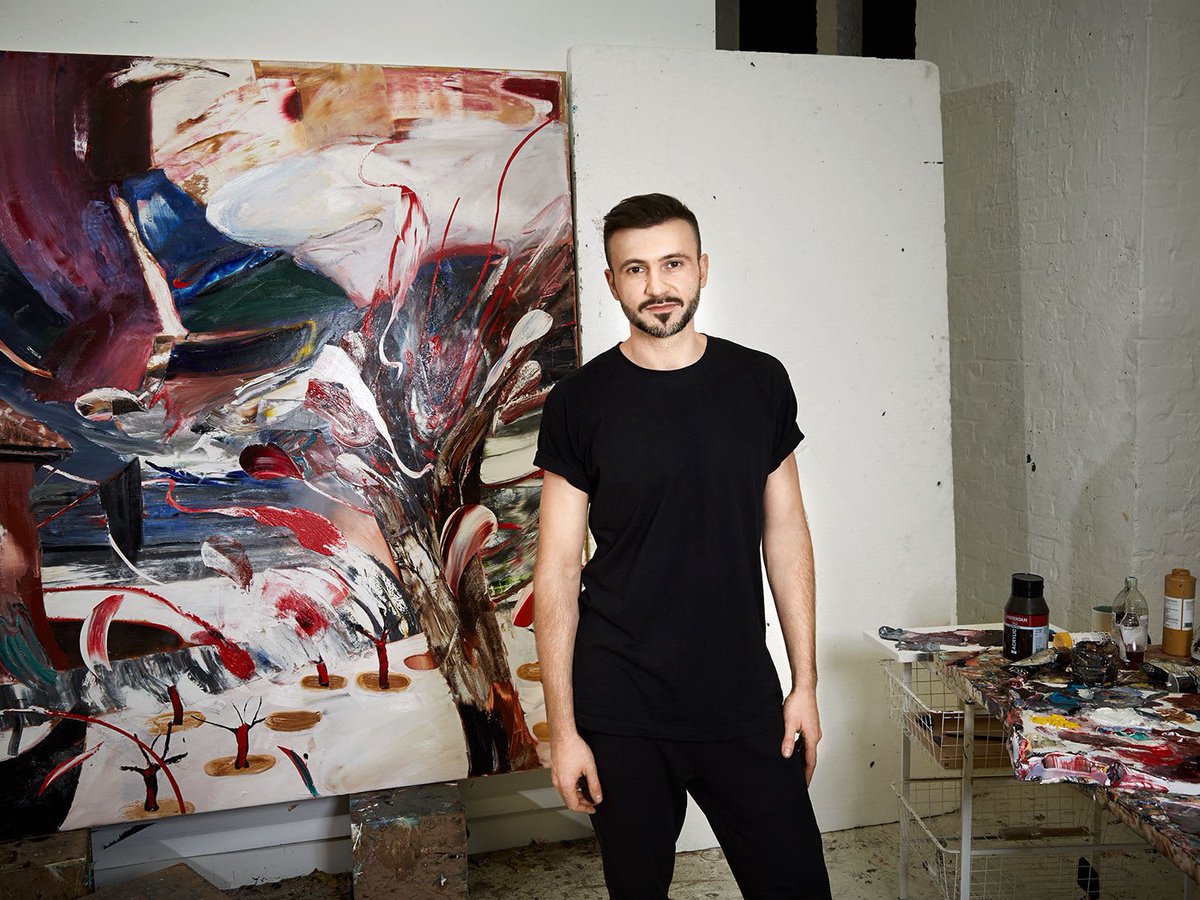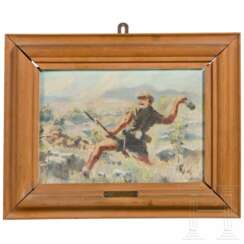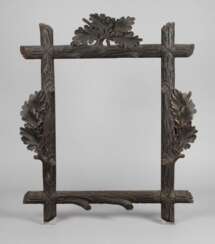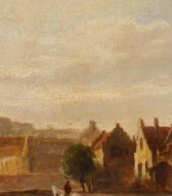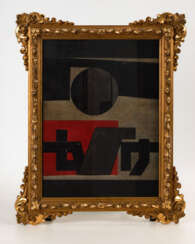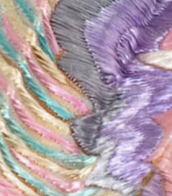rahmen (43 x 54
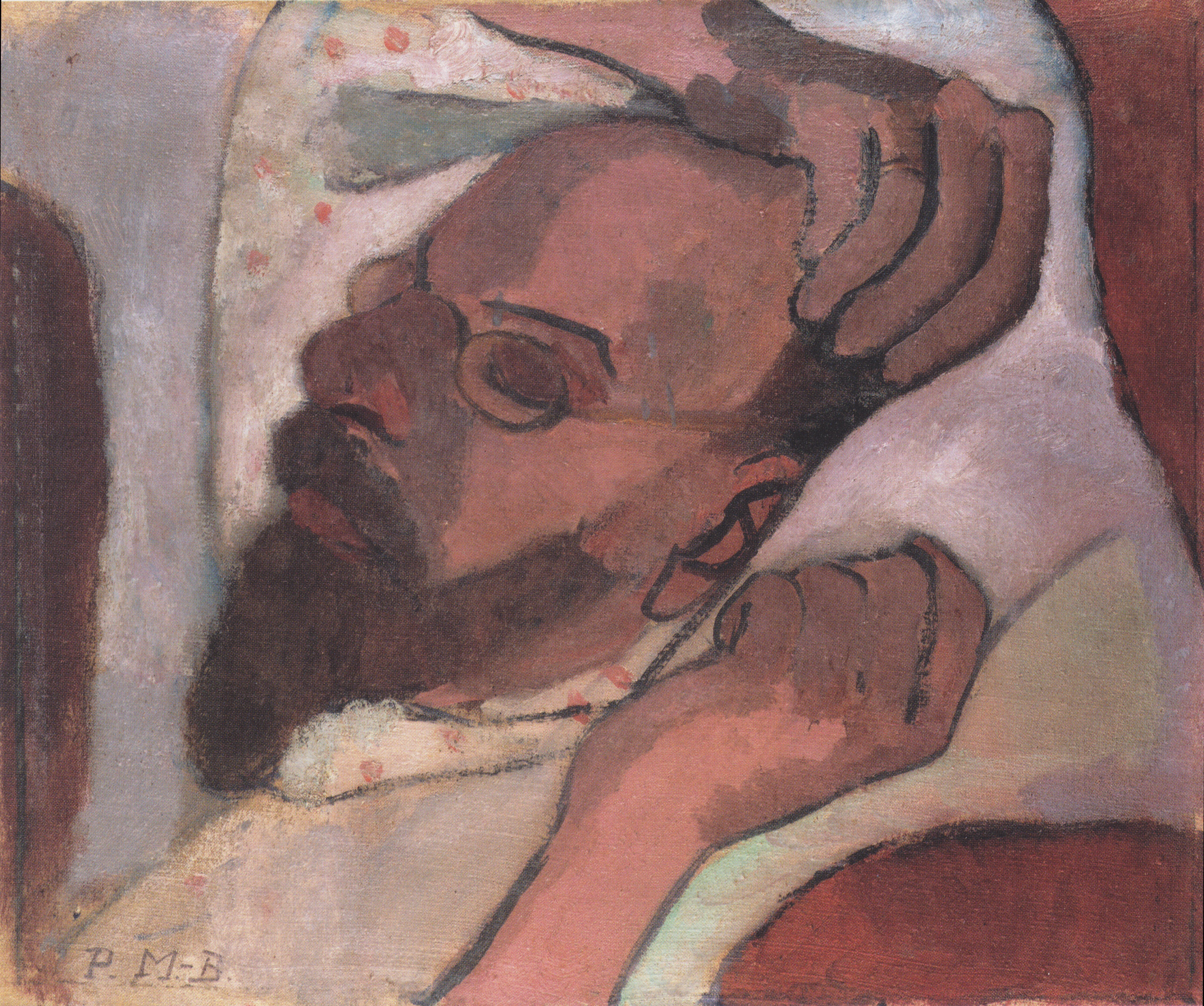
Friedrich Wilhelm Otto Modersohn was a German painter of the late 19th and first half of the 20th centuries. He is known as a landscape painter, a representative of the Barbizon School.
Otto Modersohn produced Barbizonian-style landscapes early in his career, but from about 1890 his style became more expressionist, with an emphasis on his choice of colors. The death of his second wife influenced his style: the colors became darker and the images more stark. Modersohn was one of the founders of the Worpswede artists' colony. A large collection of his works is kept in the Modersohn Museum in Fischerhude, and a street in Berlin is also named after him.
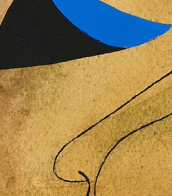
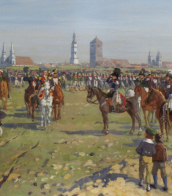
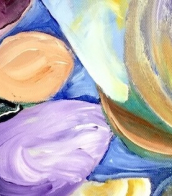

Friedrich Wilhelm Otto Modersohn was a German painter of the late 19th and first half of the 20th centuries. He is known as a landscape painter, a representative of the Barbizon School.
Otto Modersohn produced Barbizonian-style landscapes early in his career, but from about 1890 his style became more expressionist, with an emphasis on his choice of colors. The death of his second wife influenced his style: the colors became darker and the images more stark. Modersohn was one of the founders of the Worpswede artists' colony. A large collection of his works is kept in the Modersohn Museum in Fischerhude, and a street in Berlin is also named after him.
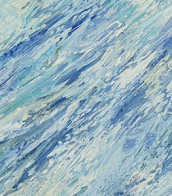
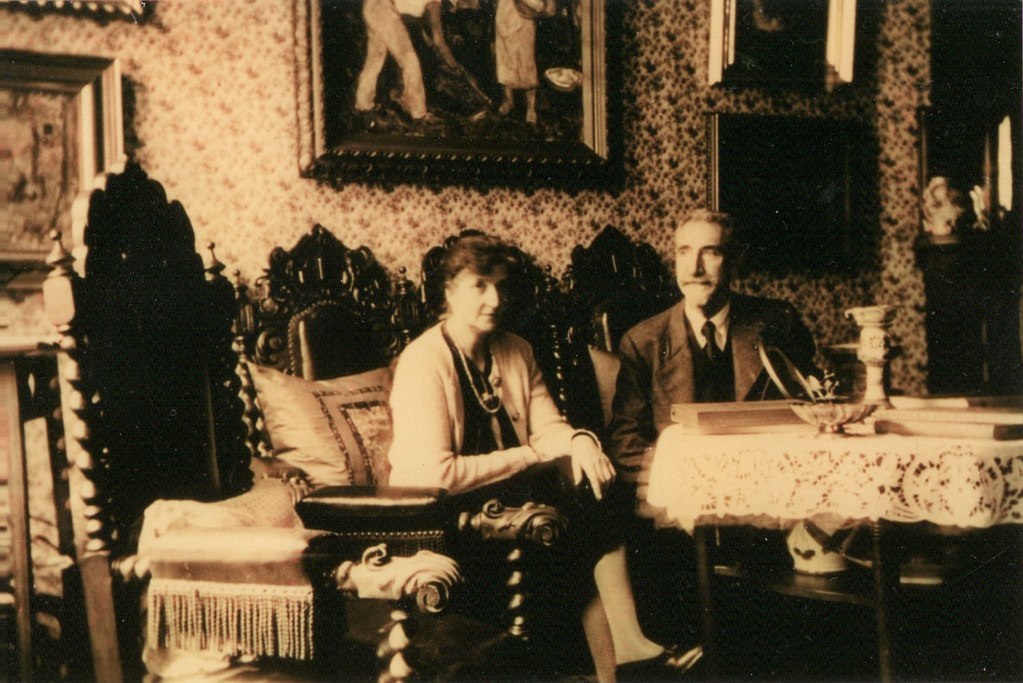
Max Stern was a German painter and graphic artist of Jewish ancestry, associated with the Düsseldorfer Malerschule. He was originally an Impressionist, but later became an advocate of the New Objectivity.
His career progressed uneventfully until the Nazi takeover in 1933. At that point, he was placed under a professional ban, and expelled from Malkasten. With the establishment of the Reichskulturkammer, it became difficult to obtain painting supplies. Despite this, he and his fellow Jewish artists in the Judische Kulturbund were able to exhibit among themselves until 1936. Shortly after that, in 1937, Joseph Goebbels ordered the confiscation of all "degenerate art", which included Stern's works.



